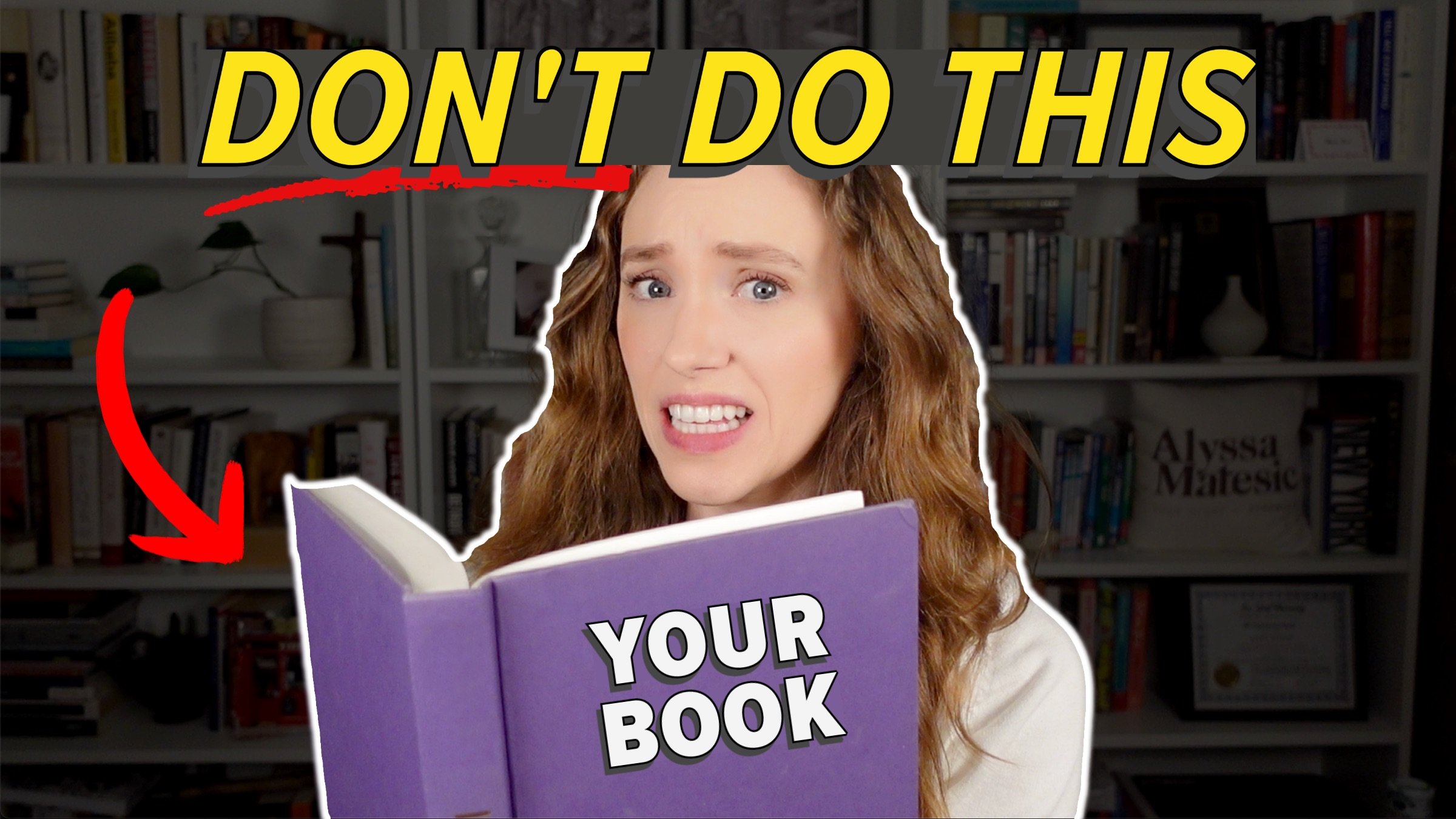3 Foolproof Novel Revising Strategies
HIT PLAY OR READ THE POST BELOW:
Finishing the first draft of your novel is an incredible feat! But if your goal is to get that book published, then it is just the first step in getting your manuscript ready for the world to see. That goes whether you’re planning to query literary agents and pursue traditional publishing or whether you are preparing to self-publish.
Any book you see on the shelves at bookstores has gone through an extensive revision process. When I worked at Penguin Random House and a top tier New York City literary agency, most of the novels that we published went through several rounds of developmental editing, which refines big-picture elements like character arcs, plot development, and pacing. The books also went through rounds of copy editing and proofreading before they were published, so you can imagine just how much novel revising goes into the process!
While they are a necessary and crucial component of your book writing journey, tackling book revisions can feel incredibly daunting, especially if you have hundreds of comments in a Word document or need to make major structural changes to your story. As a professional book editor myself, today I want to give you three tactical techniques for how to revise your novel based on feedback from critique partners, beta readers, or a professional editor.
You can choose which of these three novel revising techniques you want to use, or even use a combination of them that works best for you. After all, your writing process is a creative act and everyone has their own way of doing it, so it’s important for you to do whatever works for your style and approach.
Technique 1: Big to Small
This novel revising approach is when you revise your story by starting with the bigger-picture major changes first, and then going through the smaller, more detail-oriented edits such as changing the wording of specific sentences or tweaking specific dialogue exchanges.
An example of a big edit is if you need to restructure your scenes so that you alternate between two different character POVs at a consistent cadence from beginning to end of your novel. With this revision technique, you would first move all the scenes in your novel to be in the right place, including omitting any extraneous scenes or adding any scenes you need before diving into the smaller, scene-level edits.
In my view, this is the most efficient way to revise and it’s the best way to guarantee a major improvement on your next draft, because when you internalize the holistic feedback from the beginning and lead with it as you return to the pages, those changes are going to then feel more naturally integrated in the story. Plus, once you get going on the scene-level notes, you're going to have all the bigger edits in mind and the draft is going to encompass all of them.
The downside of going with this technique is that the biggest edits can often be the toughest to conceptualize and execute, especially if you need to think through something like a character's arc or a plot twist. This can lead to some delays in your revising process if you need to step back and take time to think through how you want to enact that feedback. These big-picture changes often impact more than one scene, so you'll likely have to revisit multiple points of the narrative that reference whatever it is that you're changing.
So this approach does require you to do a lot of heavy lifting up front. It’s a bit harder to start and get going, but the good news is once you get those major changes out of the way, the rest of the revisions should come quite easily.
Technique 2: Small to Big
My next novel revising strategy is the opposite: editing from small to big. Taking this approach would mean first tackling all the smaller edits, which refers to edits that are confined to one individual scene, like changing a phrase or adding a detail. Then, after all of those smaller isolated notes have been addressed, you will turn to the bigger-picture edits that require more effort.
The major pro of this approach is that checking off all of those smaller elements can feel super satisfying, and it's easier for you to dive right into those edits if you have a Word document from a developmental editor with a ton of inline comments. You can quickly get the number down from hundreds of comments to a few dozen.
This approach is the same concept as checking easier and more straightforward items off of your to-do list before doing the things that take more time and energy. You might want to run a quick errand or respond to an email before deep-cleaning your oven, for instance. If you're someone who gets overwhelmed with long lists and needs to clear up as much as possible before you can actually be productive, then this technique could work well for you.
The downside of this approach is that sometimes the bigger-picture edits will actually make the smaller edits that you have addressed irrelevant. For example, if you determine via the big-picture edits that a scene is no longer serving the overarching story, then the time you spent going through all the details of that scene was now wasted. Depending on how many of those smaller edits you need to make, you might also run the risk of getting burnt out and exhausted before you begin the bigger structural changes.
With this technique, you are essentially delaying the major work that you have to do. It might be helpful to think about it in a home renovation analogy. You're basically painting all of the walls, which is great and definitely improves the home (aka your manuscript draft), but you still need to replace the roof, which is ultimately much more important and is going to require much more time, energy, and work.
Technique 3: Chronological
With the final novel revising strategy, you will tackle all of the edits, including bigger and smaller edits, chronologically as they appear from beginning to end of your story. As you read through your manuscript, you’ll make edits as you encounter them.
For example, say that in Chapter 1 of your manuscript you have a scene where two characters are fighting and you have both a big-picture edit and a smaller edit you need to address. The big-picture edit is that you need to change the content of that fight and therefore anytime the fight is referenced again, you have to change how the characters talk about it. Then, the smaller edit is that you need to change the setting, which is isolated to that scene and only requires a few sentence changes.
With this technique, you would go ahead and address that bigger edit, as well as the smaller changes, at the same time. Then, you’ll move onto the next scene and give it the same treatment.
The benefit of this approach is that it helps you ensure continuity between scenes as you go through the story sequentially. This helps you step into the reader's shoes and understand how they are going to encounter the story. It also helps you identify any gaps or any errors that need to be corrected, which can pop up especially when you're working on multiple iterations of your story.
This technique can also feel more approachable than the big to small technique, because you are going back and forth with addressing bigger-picture edits and smaller edits at the same time. Your brain can take a break from more intensive work to do the smaller edits.
The major con of this approach is that it's easy to fall down rabbit holes and get lost in the revisions. For example, when fixing Chapter 1’s reference to the fight scene, it can be tempting to start working on the edits for Chapter 13, which also mentions the fight, instead of sticking to the original scene in Chapter 1. If you are going to take this approach, you need to be very disciplined and organized and make sure you know exactly where you are within the manuscript.
Please note that, at the end of the day, these are just frameworks offering you different ways to think about your novel revision process. You should tackle your book revisions in whatever way makes sense to you. Just like there is no right way to write, there is no right way to handle novel revising!
Thanks so much for reading, and happy writing!





